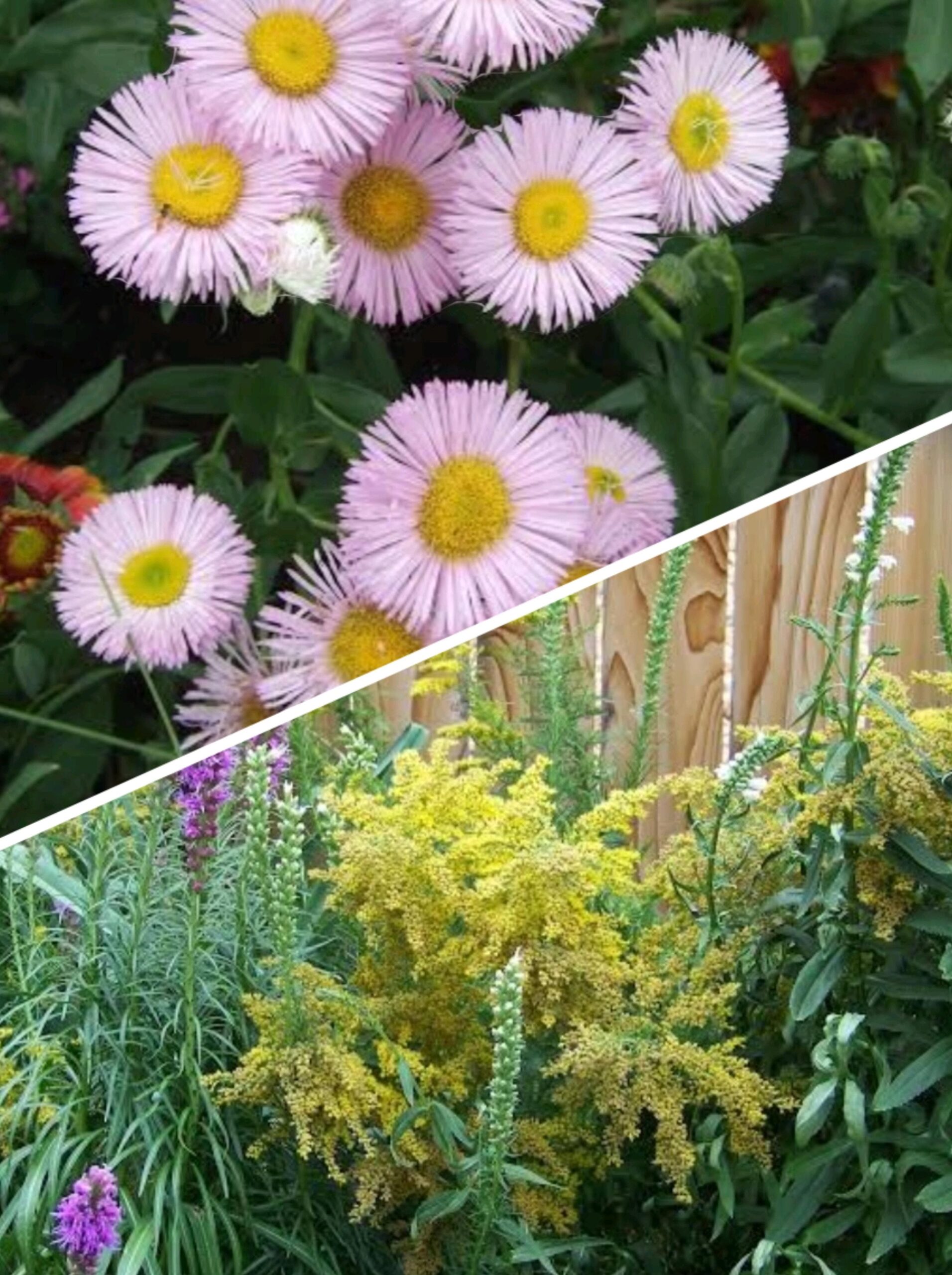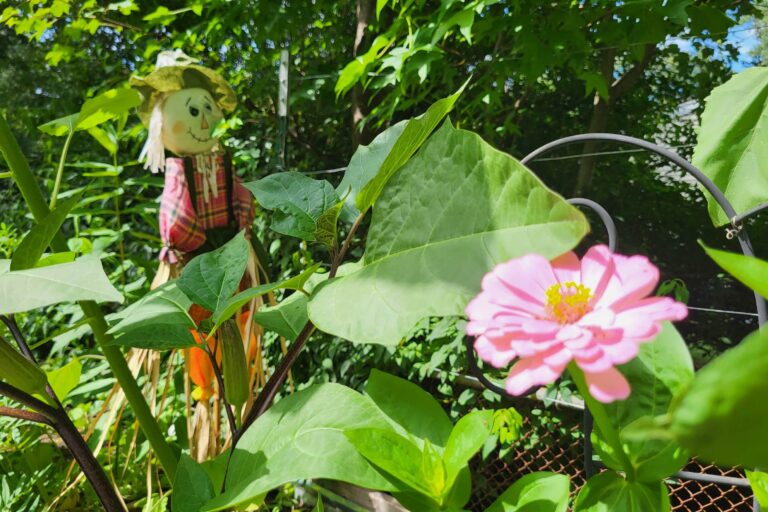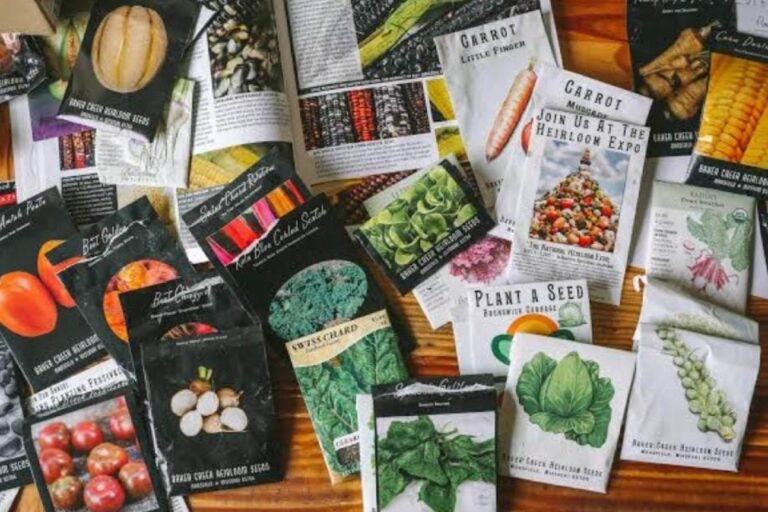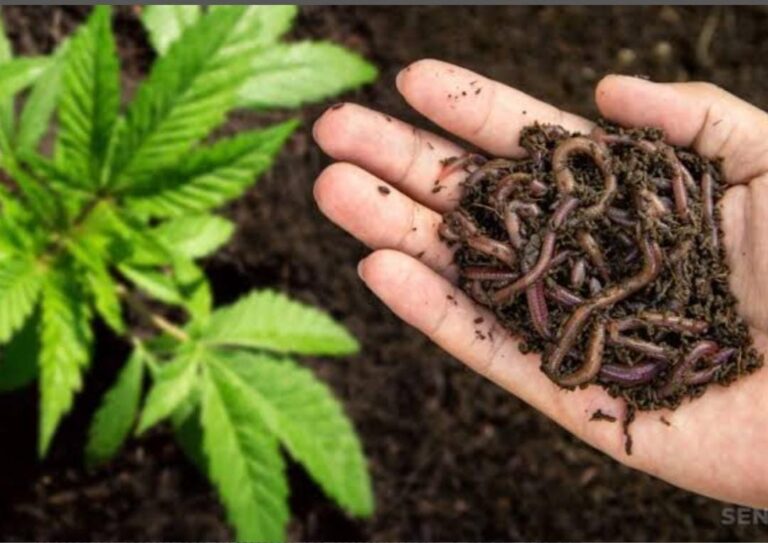Annual vs Perennial Plants: 4 Massive Differences
Introduction
Annual vs perennial is a big debate, Plants exhibit distinct growth patterns, reproductive strategies, and ecological roles within the environment. These vital organisms serve as the foundation of ecosystems, playing a crucial role in providing oxygen, nourishment, and habitat for a wide array of living beings. A deeper understanding of the life cycles of these plants is essential for gardeners, farmers, and ecologists alike, as it allows them to optimize growth and cultivation methods effectively.
This article will delve into the scientific differences between annual and perennial plants, exploring their unique advantages and potential drawbacks. We will also highlight their significance in agriculture and horticulture, illustrating how these plants contribute to sustaining biodiversity and enhancing the productivity of our food systems. By examining these aspects, we can appreciate plants’ invaluable role in our world and the importance of understanding their diverse life cycles.
What Are Annual and Perennial Plants?
Annual plants go through their whole life cycle—germination, vegetative growth, blooming, seed generation, and death—in a single growing season. When they create seeds, their life cycle ends, and new individuals must develop from the seeds in the next season. Examples include corn (Zea mays), wheat (Triticum aestivum), and marigolds.
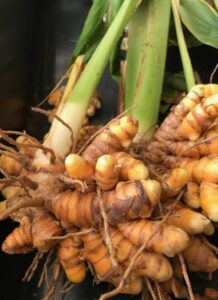
Perennial plants, on the other hand, can endure through numerous growing seasons. Their above-ground sections may die in poor conditions, but their roots, bulbs, rhizomes, or woody structures survive and grow new shoots the next season. Examples are apple trees (Malus domestica), peonies (Paeonia spp.), and lavender (Lavandula angustifolia).
Annual vs. Perennial: Scientific Differences
1. Growth and Development
| Annuals | Perennials |
| Annual plants devote resources to rapid development and reproduction in a limited span. Their high metabolic rate allows for rapid biomass building, which leads to early flowering and seed distribution. They frequently have a determinate growth habit, which means they reach a specific size before flowering and producing seeds. | Perennial plants invest in long-term survival features such as vast root systems, woody stems, and underground storage organs like tubers and bulbs. Many perennials have indeterminate growth, which allows them to continue growing and reproducing across several seasons. |
2. Genetic and Physiological Adaptations
The unique genetic makeup of annual vs perennial plants plays a fascinating role in how they grow and thrive. Each type has its distinct strategies for life, impacting everything from their growth cycles to their survival tactics.
| Annuals | Perennials |
| Annual plants typically display a unique pattern of gene expression that facilitates rapid flowering and early seed production. This process is significantly influenced by various environmental factors, including temperature variations and the length of daylight they receive. Specifically, these plants often rely on a minimum threshold of warmth and light duration to trigger their flowering genes. | Perennials express genes that improve dormancy mechanisms, resource allocation, and stress tolerance, helping them to withstand harsh environments and regenerate for many years. Perennials also have secondary growth, or the potential to develop woody tissues via vascular cambium activity, which genuine annuals do not have. This trait allows perennials to build strong structures for long-term survival. |
3. Reproductive Strategies
| Annuals | Perennials |
| Annuals rely primarily on sexual reproduction, producing a high number of seeds to ensure progeny survival. Their seeds frequently include dormancy mechanisms that let them remain in the soil until ideal conditions emerge. | Perennials have both sexual and asexual reproduction. Many perennials reproduce through vegetative propagation, such as rhizomes, stolons, or cuttings, which ensures genetic continuation without relying on seed germination. |
4. Resource Allocation and Energy Use
| Annual | Perennial |
| Annual plants devote most of their energy to rapid growth and reproduction. Their short lifespan precludes considerable energy storage, leaving them reliant on external environmental conditions to survive. | Perennials divide their energy between reproduction and storage. They store carbohydrates, proteins, and other nutrients in roots, stems, or specialized storage organs, allowing for regrowth after dormancy. |
Advantages and Disadvantages of Annuals vs. Perennials
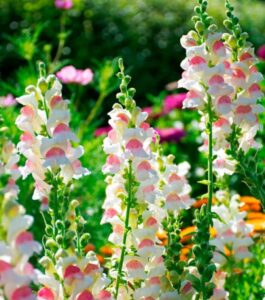
Annual plants
Advantages
- They grow rapidly, making them ideal for achieving high agricultural yields.
- They are adaptable to changing environmental conditions, as they are grown from seed each year.
- Their short life cycle makes them less vulnerable to persistent pests and diseases.
- They facilitate crop rotation and soil renewal within agricultural systems.
Disadvantages
- Annual replanting increases labor and resource use significantly.
- Drought and soil erosion are more likely to impact plants with shallow root systems.
- There is less carbon sequestration compared to perennial plants.
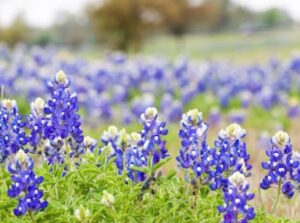
Perennial Plants
Advantages
- Longer longevity minimizes the need for frequent replanting
- Deep root systems increase soil stability and water retention
- Higher resistance to environmental stressors like drought and severe temperatures
- Long-term carbon storage enhances ecological sustainability
Disadvantages
- The slower growth rate causes a delay in the first yield output
- Can serve as hosts for long-term pests and diseases
- Pruning, upkeep, and space management are all required in the long run
Applications in Agriculture and Gardening
Agricultural Practices
Annual plants dominate modern agriculture because of their consistent harvest cycles and high yields. Rice (Oryza sativa), barley (Hordeum vulgare), and soybeans (Glycine max) are all annual crops that feed billions of people. However, relying on annual crops involves extensive land use, fertilizers, and irrigation, raising worries about soil deterioration and environmental sustainability.

Perennial crops, which include fruit trees, nuts, and feed crops, provide an alternative to rigorous yearly agriculture. Perennial grain crop innovations, such as Kernza (perennial wheatgrass), seek to combine yearly yield with perennial ecological benefits.
Horticultural and Landscaping Considerations
Gardeners frequently use annuals for seasonal color and rapid blooms, including flowers like petunias (Petunia spp.) and zinnias (Zinnia spp.) in their landscapes. Annuals give considerable design versatility because they may be replaced every year.
Perennials, on the other hand, help to maintain the structure and biodiversity of the garden throughout time. Plants such as hostas (Hosta spp.) and ornamental grasses give year-round appeal with minimal replanting and soil disturbance.
Ecological Impacts
Perennials are important for ecological restoration because they minimize soil erosion, improve water retention, and provide a habitat for pollinators and other species. Native perennial plants are useful for repairing degraded habitats and keeping ecosystems balanced.
Annual plants, despite their short lifespan, help to replenish ecosystems by supplying seasonal food for pollinators and herbivores. Many pioneer species in disturbed areas are annuals, which help to stabilize soil and prepare the way for successional plant communities.
Future Perspectives: Perennialization of Agriculture
Researchers are looking into the possibility of producing perennial versions of staple crops to address issues in sustainable agriculture. Perennial grains, oilseeds, and legumes may reduce soil erosion, improve water efficiency, and increase carbon sequestration while maintaining food production levels.
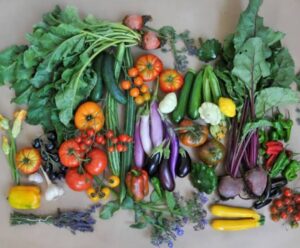
Genetic engineering and selective breeding initiatives are boosting efforts to create crops with perennial features while maintaining productivity and flexibility. These advances have the potential to create more resilient food systems, particularly in climate-vulnerable locations.
Conclusion
The differences between annual and perennial plants have significant implications for agriculture, horticulture, and ecology. Annuals thrive in fast-paced and resource-intensive production systems, while perennials offer long-term stability and durability. Humans can create balanced, productive, and environmentally sustainable systems by harnessing the advantages of both annual vs. perennial plants in agricultural and landscaping practices. As scientific research progresses, the future may increasingly focus on perennial agriculture, which presents a promising solution for global food security and the protection of ecosystems.

